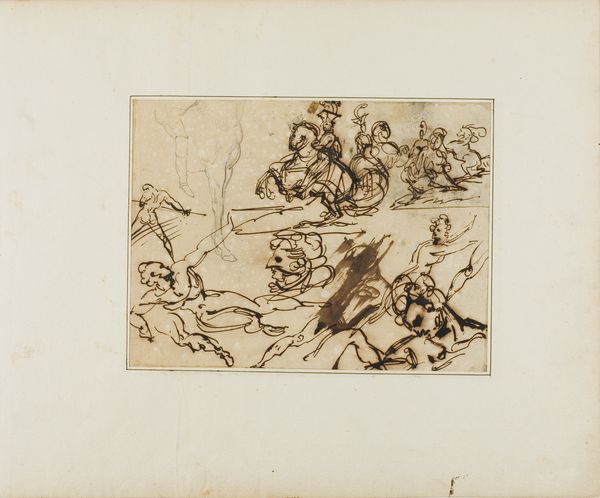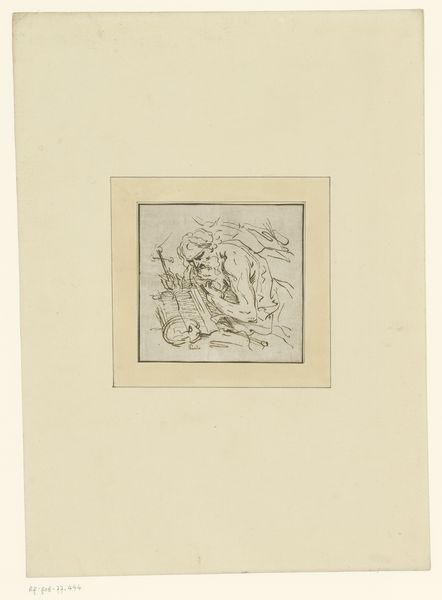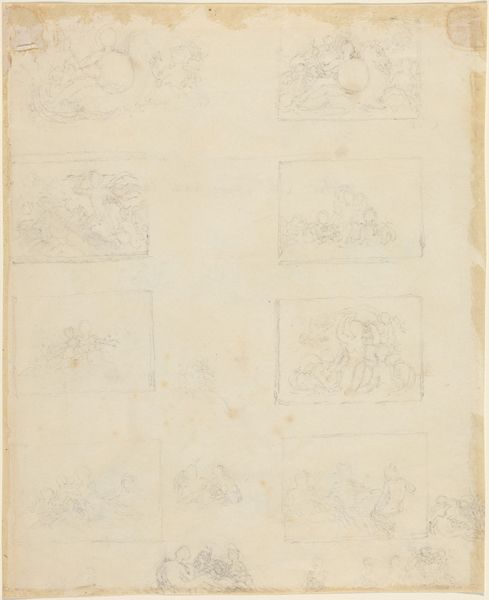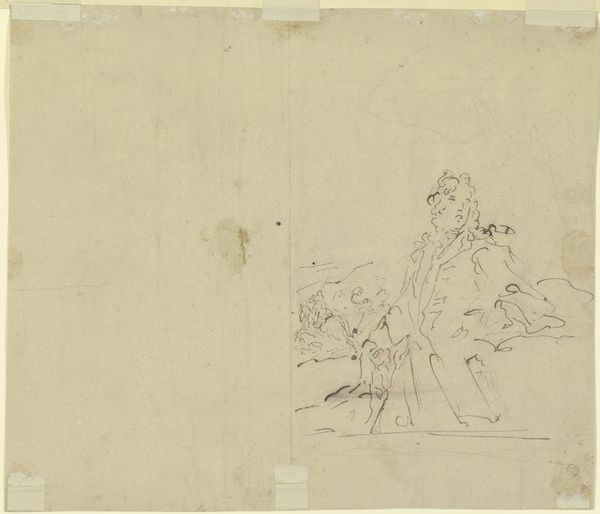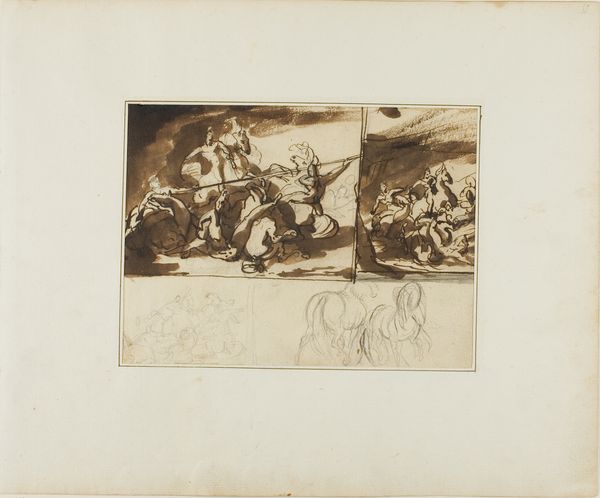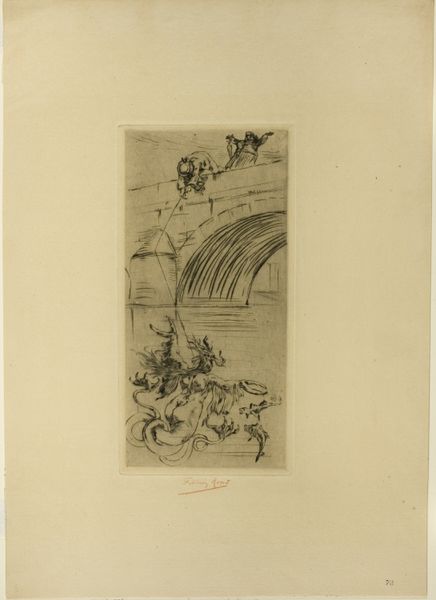
Four Sketches of a Mounted Trumpeter, and a Polish Lancer 1813 - 1814
0:00
0:00
drawing, print, paper
#
portrait
#
drawing
# print
#
figuration
#
paper
#
romanticism
#
france
#
history-painting
Dimensions: 172 × 230 mm
Copyright: Public Domain
Curator: What strikes me about this work is the dynamism, despite it just being quick sketches. There's such implied movement in these figures. Editor: It certainly captures a moment in flux. This is "Four Sketches of a Mounted Trumpeter, and a Polish Lancer" by Théodore Géricault, dating from 1813 to 1814. Currently it resides here at The Art Institute of Chicago. It gives an interesting glimpse into Gericault's artistic process. Curator: Artistic process, indeed! For me, the "sketches" point to larger socio-political narratives concerning nationhood and warfare. It portrays the raw energy associated with the romanticised image of a soldier during that time, one entangled with revolutionary sentiments and conflicts. Editor: Precisely, France, Romanticism, and themes of history all intertwine in this print on paper. It speaks of a renewed focus during that era on heroic representations of the military and a reframing of its function within society. Gericault, deeply influenced by the events surrounding the Napoleonic Wars, began developing imagery depicting French military might in new and striking ways. Curator: In ways that also interrogated masculinity I believe. Note the idealized physique of both man and beast. These depictions arguably played into notions of colonial power and dominance but also reflected evolving ideas around the social role of men and war itself. Editor: It’s an interesting blend of capturing an objective, representational study, and pushing this Romantic, arguably propagandist, agenda within France. And notice the attention to detail in the military attire juxtaposed with the rapid linework elsewhere. Curator: These dynamic poses communicate an engagement with contemporary concerns about power, identity, and spectacle. What might seem like simple sketches become deeply complex and thought-provoking commentaries about both art history and contemporary life, echoing far beyond their time. Editor: It serves as an example of art embedded in politics, where the line between observer and participant is continuously blurred. An artwork, in that respect, remains as vital today as when it was conceived.
Comments
No comments
Be the first to comment and join the conversation on the ultimate creative platform.
